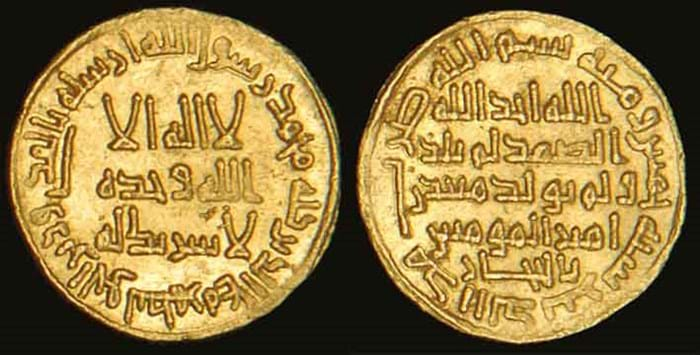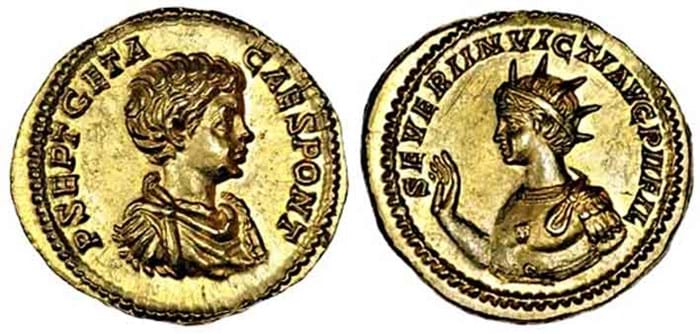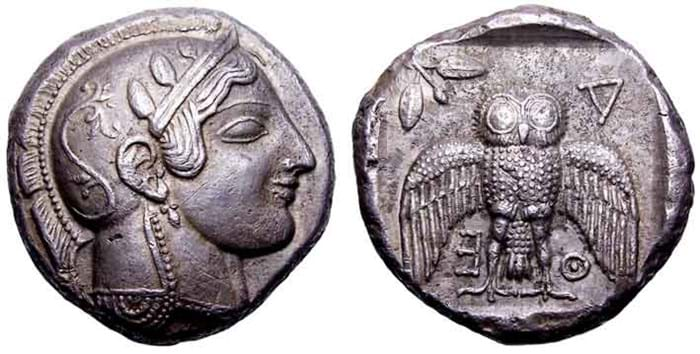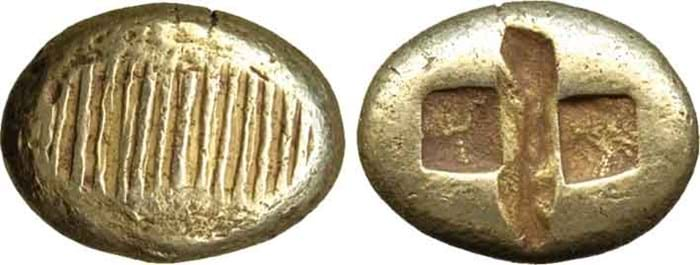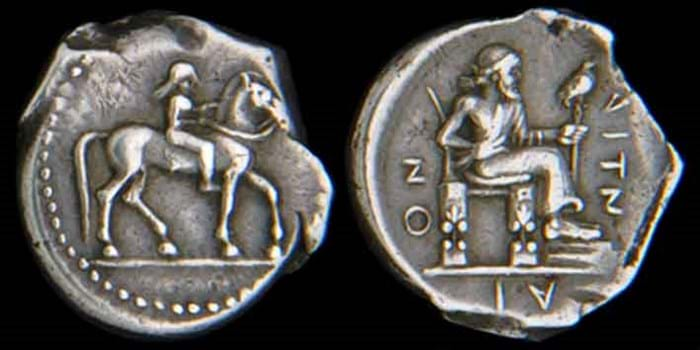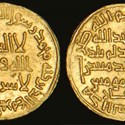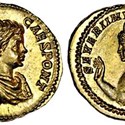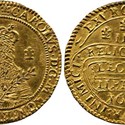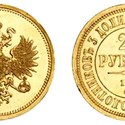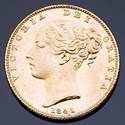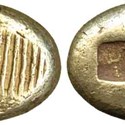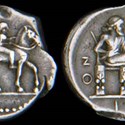With a 7.5% increase in lot volumes, this shows a firm market performance.
This is my 18th consecutive year surveying these results based on information furnished by London's auction houses. In that first year, 1994, the total for the capital was £9.26m. By 2011 it had risen five-fold to just over £45m.
How many other asset classes can boast such a return?
Of course, a lot of this increase is due to the burgeoning market in banknotes, which now form a major feature of sales - not so when when this long series of tabulations began.
That said, banknotes have to be included under the coins section in order to compare like for like. However, to paint a clearer picture it should be reported that Spink sold 5600 lots of banknotes for a total of £3.6m, while the other major player in this field, Dix Noonan Webb, took just over £515,000 for just over 1200 lots.
The rarest ancient and Islamic coins have also helped boost the 2011 totals, after fetching unprecedented prices over the last two or three years. This could well prove a flaky trend as these high prices are the result of only a very few buyers pursuing the rarest coins. Indeed, it is possible that this is caused by a single buyer who is operating internationally, effectively dragging a few bold buyers into the fray.
As an example of how a single price can make a dramatic change to the market, take the £3.1m (estimate £300,000-400,000) taken last April by Morton and Eden for a rare variety of an early Islamic dinar. The common variety of the same coin may be bought for £250 or a shade less.
Turning to the classical Greek field, Dix Noonan Webb sold a rare gold stater of the Cyraniacan city of Barke (c.360BC) last September for £330,000 (estimate £20,000-30,000). Remember that the estimates on both these lots were responsible to bold.
As recently as two years ago I would not have predicted that the wider world's financial troubles would pass the numismatic community by, but the evidence is in the figures posted here.
And it is not just London that is benefiting - 2012 has already seen some spectacular sales, notably Baldwin's Prospero offering in New York.
While coins and commemorative medals are up by just over half (52.26%), thanks in no small part to the landmark prices just cited, orders, decorations and medals have fallen off by just over a third (34.6%). Not to worry, though, as this is just a market correction on 2010's mini boom, which resulted in an increase of 50% on 2009.
Viewing the results, it can be seen that not only has the 2011 order of seniority changed - to an extent caused by unusually high individual prices - but at the lower end of the market there are newcomers bringing business to London that might otherwise have gone elsewhere.
DNW have returned to the top of the table (£12.1m total / 26.77% market share) and this is because they have bucked the trend in ODM by increasing their sales by over a third (+37.2%) and have made a marked increase in their coins and medals (+20.73%) totals. Again, banknotes have played their part in this success, accounting for 6.64 per cent of this total.
Morton & Eden came second (£11.8m total / 26.09% market share) - they were third in 2010. Of course it must help to sell a lot for an unexpected £3.1m (see above), but even omitting this price they still come a smidgin below Spink in the coins and medals field. In the ODM area Morton & Eden are much reduced, but there is probably no single reason for this.
There has been a slight decline in Spink's fortunes (£9.65m total / 21.34% market share). Over all they are down a fifth (-21.1%), but one must remember that these are London sales and the company have been putting their energies into sales abroad and also into vastly developing their philatelic side globally, even acquiring new firms. Their London banknote total is £3,600,760, a significant 45.72% of their coins and medals tally, or 37.3% of their London grand total.
St James's total fell in 2011 (£2.97m total / 6.56% market share) but again this is simply the follow-on from their huge 2010 increase of almost two-thirds St J's achieved some remarkable results with Charles I gold coins and particularly with gold triple unites of the Oxford mint.
It would seem that there are two reasons for Baldwin's (£2.63m total / 5.81% market share) overall reduction of a quarter (-24.0%). In 2010 they had the three-part sale of the Michael Hall collection of commemorative medals to boost totals by £729,901 (1794 lots). Such dispersals do not occur often so this is a one-off spike in the graph. Like Spink, their attention also turned to the international scene, and understandably so. For a start, Baldwin's were very preoccupied with the massive Prospero sale of classical Greek coins on January 4 this year in New York which garnered $21.36m (£14.57m). And in New York (one sale) and Hong Hong (two sales) they took the sterling equivalent of £5,520,185. The exchange rates are calculated as on the relevant days. Their world total auction take comes to the equivalent of £8.12m for 2011. As noted, before January 2012 was out, this had already almost doubled.
London Coins are well up (£2.43m total / 5.36% market share). They offer mainly British material and their increase in take (29.5%) with only a 15.85% increase in lots is a clear indication of the firmness in the market for British coins.
The newcomer to this tabulation is Roma (£1.96m total / 4.33% market share), who held a single sale in each of the last two years. They offer almost exclusively classical material in beautifully produced catalogues. This house is clearly a burgeoning force. With a £1.9m take, that's almost ten (+982%!) times their 2010 total. And that doesn't take account of the significant number of after-sales achieved.
After-sales seem prevalent among Classical Greek and Roman material. This must be because these coins are very hard to estimate.
Bonhams (aka Glendining) have made steady and consistent progress over quite some years (£1.55m total / 3.43% market share). That they do as well as they do shows great dedication. They have a small staff and being located in Knightsbridge are geographically removed from the very centre of London.
Timeline (£122,013 total / 0.03% market share), who hold their sales in the Swedenborg Centre - handy for the British Museum - showed a decrease in their coin take, but this is because they have been concentrating on mainly small antiquities without taking on any additional numismatic staff.
It may be a comparatively small total, but they have achieved well over properly estimated prices, particularly for English material dating from the departure of the Romans (c.410AD) and the gradual establishment of Anglo-Saxon coins some two and a bit centuries later. There is a reason for this. Their antiquities side has been very successful in jewellery and the like. Looking at the overall picture for 2011, there seems to be no reason for this market to weaken in the near future. One significant auction sale tends to attract others.
A key factor in London's recent success has been the very successful sales of classical coins which have tended to be the preserve of Switzerland and the New York. In addition, the tightening of antiquity laws in the US may well see more of this trade diverted to London. Meanwhile, the various London coin fairs continue to increase their gate, and despite fluctuations seem to reflect the generally ascertainable market.

